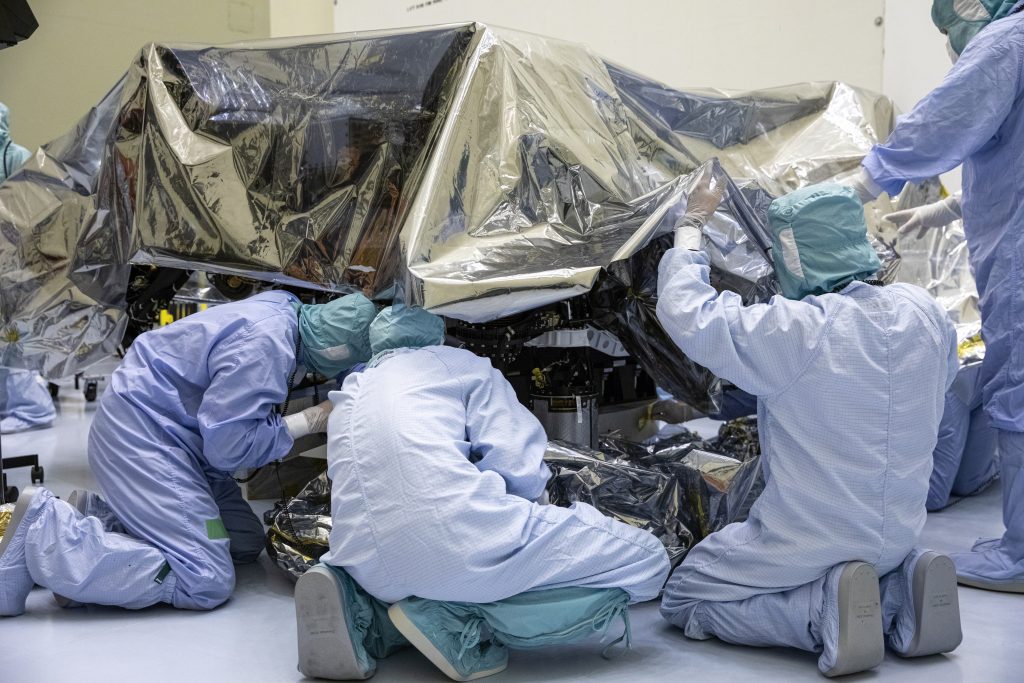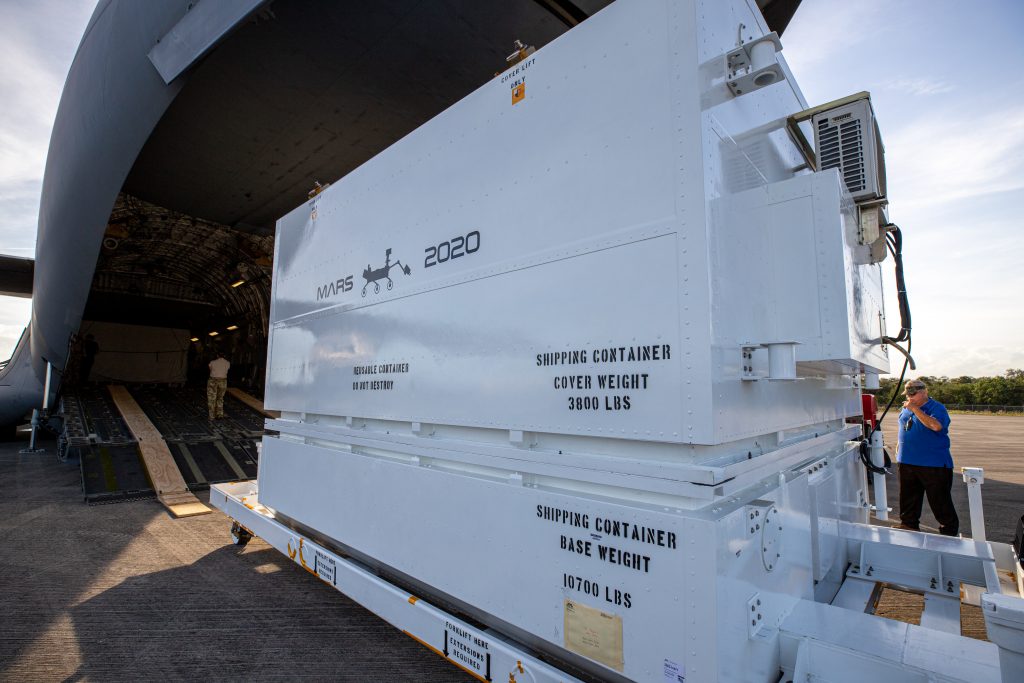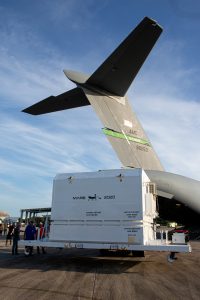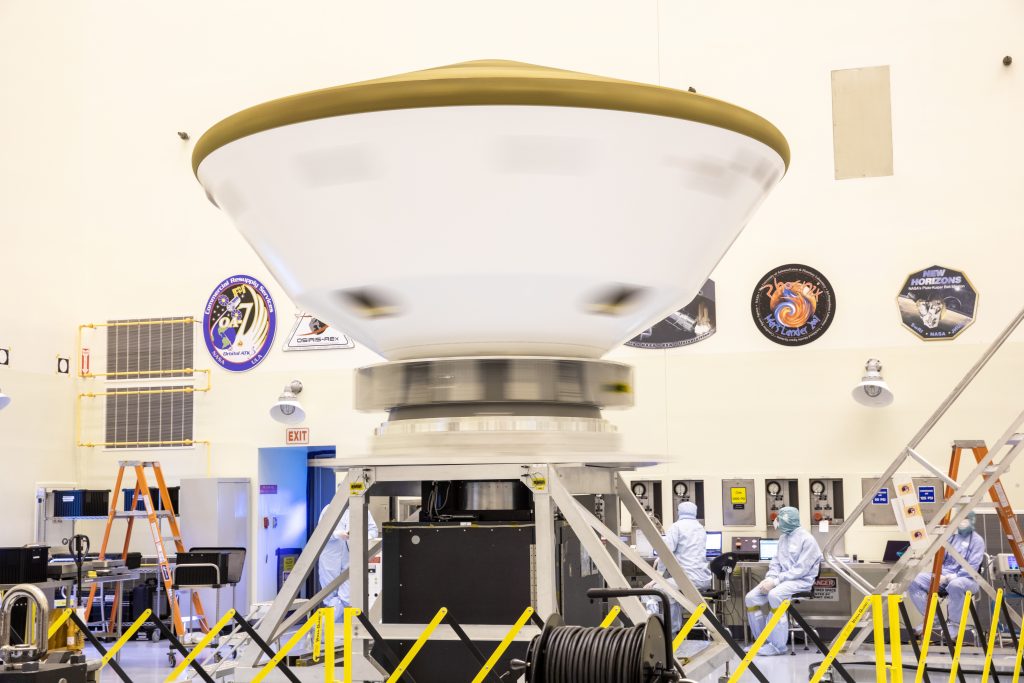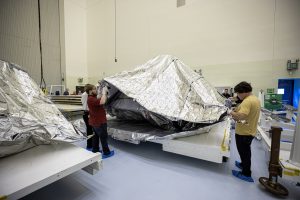Flight controllers for NASA’s Mars 2020 mission have returned the spacecraft to nominal flight operations.
Launched on July 30 at 7:50 a.m. EDT (4:50 a.m. PDT), Mars 2020 entered a state called safe mode soon after it was placed on an interplanetary trajectory because a sensor indicated that part of the spacecraft was slightly colder than expected. When a spacecraft enters safe mode, all but essential systems are turned off until it receives new commands from mission control.
“With safe mode exit, the team is getting down to the business of interplanetary cruise,” said Mars 2020 deputy project manager Matt Wallace of NASA’s Jet Propulsion Laboratory. “Next stop, Jezero Crater.”
Managed by JPL, a division of Caltech in Pasadena, California, the Mars 2020 Perseverance rover is part of a larger program that includes missions to the Moon as a way to prepare for human exploration of the Red Planet. Charged with returning astronauts to the Moon by 2024, NASA will establish a sustained human presence on and around the Moon by 2028 through NASA’s Artemis program.

